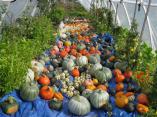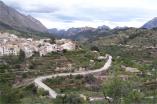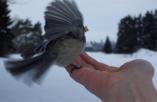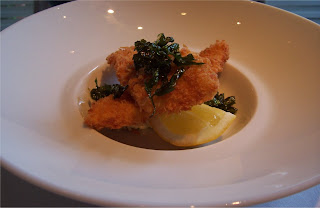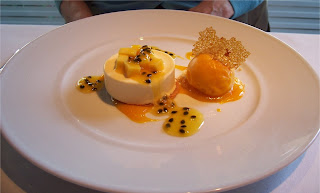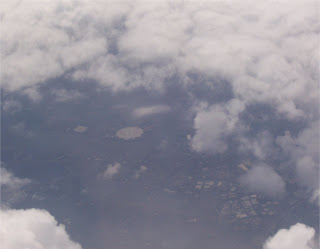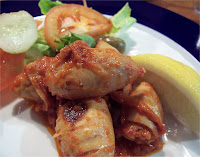Came across this documentary (The World According to Monsanto) which appeared on Arte in France on March 11 of this year. Worth a look if you had any curiosity about what Roundup is, who runs Monsanto, how the company influences decision making in its favour, what effect genetically-modified organisms are having and will have on food and other crops, and on the ability of farmers – particularly in the developing world – to survive the company’s economic might.
**April 27 update: mysteriously, the video has disappeared from Google Video, but for now at least catch it while you can, serialised on Youtube; part 1, part 2, part 3, part 4, part 5, part 6, part 7, part 8, part 9, part 10, part 11. What a funny old world. Monsanto exerting influence on public comment? I cannot help but wonder.**
Downloadable iPod version also available. (And you can buy a copy of the dvd (English soundtrack available) from Arte.) I found when I watched it on my laptop, the video kept sticking, but I could prod it along by clicking the play indicator arrow along the bottom of the viewing screen.



